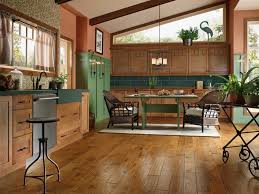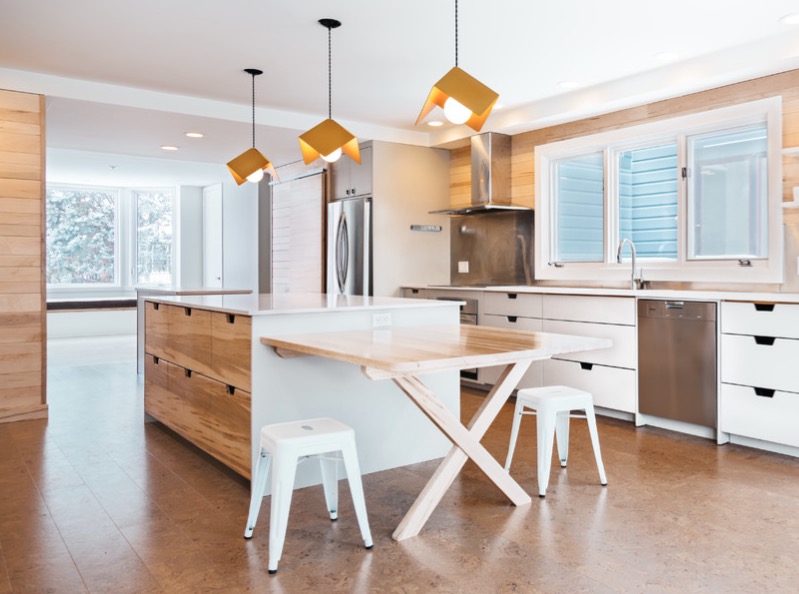1. Choose Sustainable Materials: Select eco-friendly materials such as bamboo, cork, reclaimed wood or recycled plastic. Check for certifications like FSC, LEED or Cradle to Cradle to ensure the materials are environmentally friendly.
2. Use Natural Fibres: Choose materials like cotton, jute and hemp for your soft furnishings rather than synthetic fabrics. These materials decompose naturally and are biodegradable.
3. Reuse or Upcycle: You can repurpose existing furniture or use second-hand items for your decor by refurbishing or painting them. This reduces waste and conserves resources.
4. Use Green Cleaning Products: Use natural, non-toxic cleaning products to maintain and clean your home decor materials.
5. Reduce Waste: Incorporate waste reduction strategies like composting or using reusable cloths rather than disposable paper towels.
6. Use Energy-Efficient Lighting: Opt for energy-efficient lightings such as LED or CFL bulbs to save on electricity costs and reduce carbon emissions.
7. Choose Indoor Plants: Indoor plants not only add to the decor but also improve indoor air quality by reducing toxins in the air.
8. Avoid Single-use Products: Avoid single-use products like plastic or paper cups, spoons or plates. Use reusable, eco-friendly alternatives instead.
9. Support Local Farmers: Choose locally grown sustainable materials and support small, local businesses in your community.
10. Use Renewable Energy: Investing in renewable energy sources like solar panels will not only save you money but also reduce your carbon footprint.




